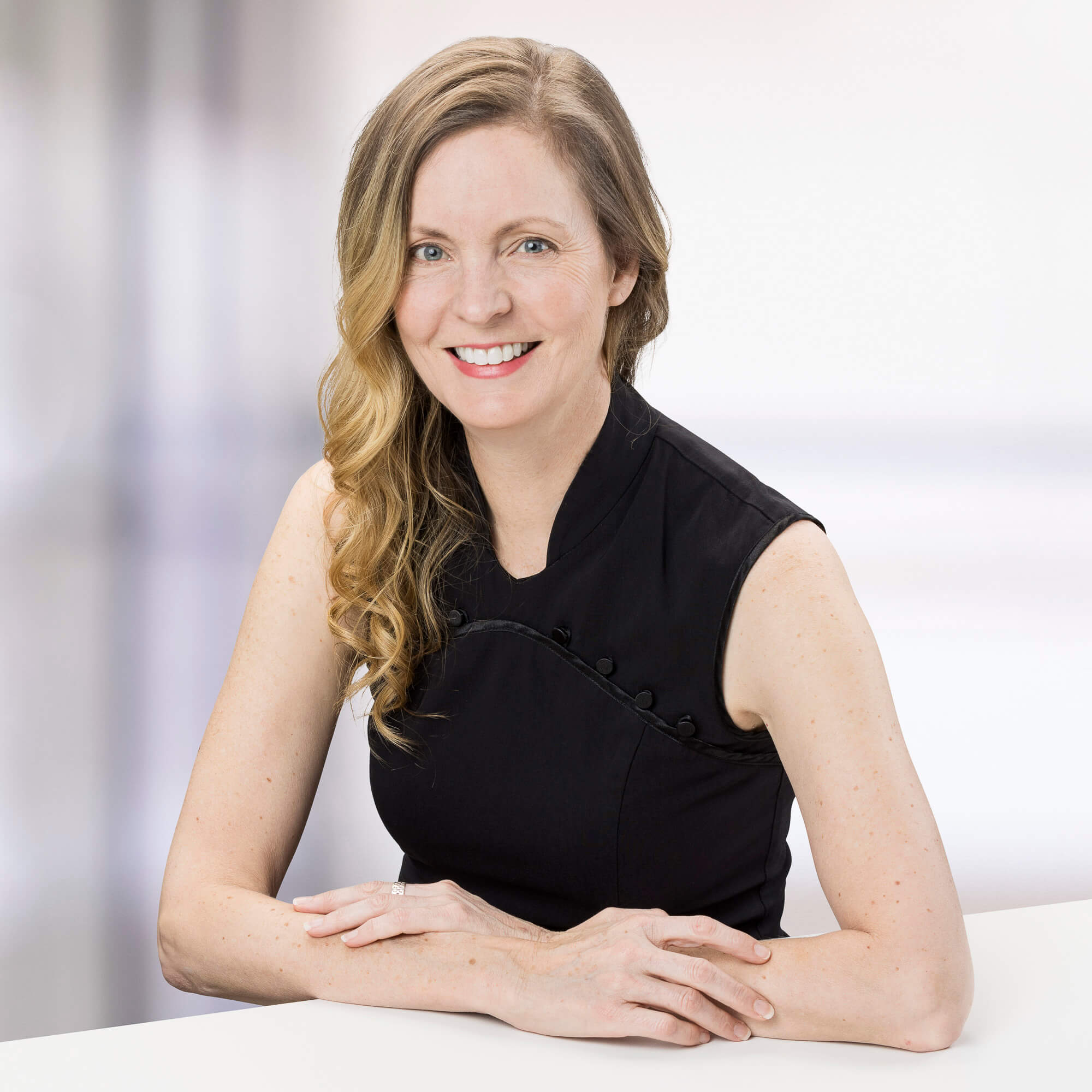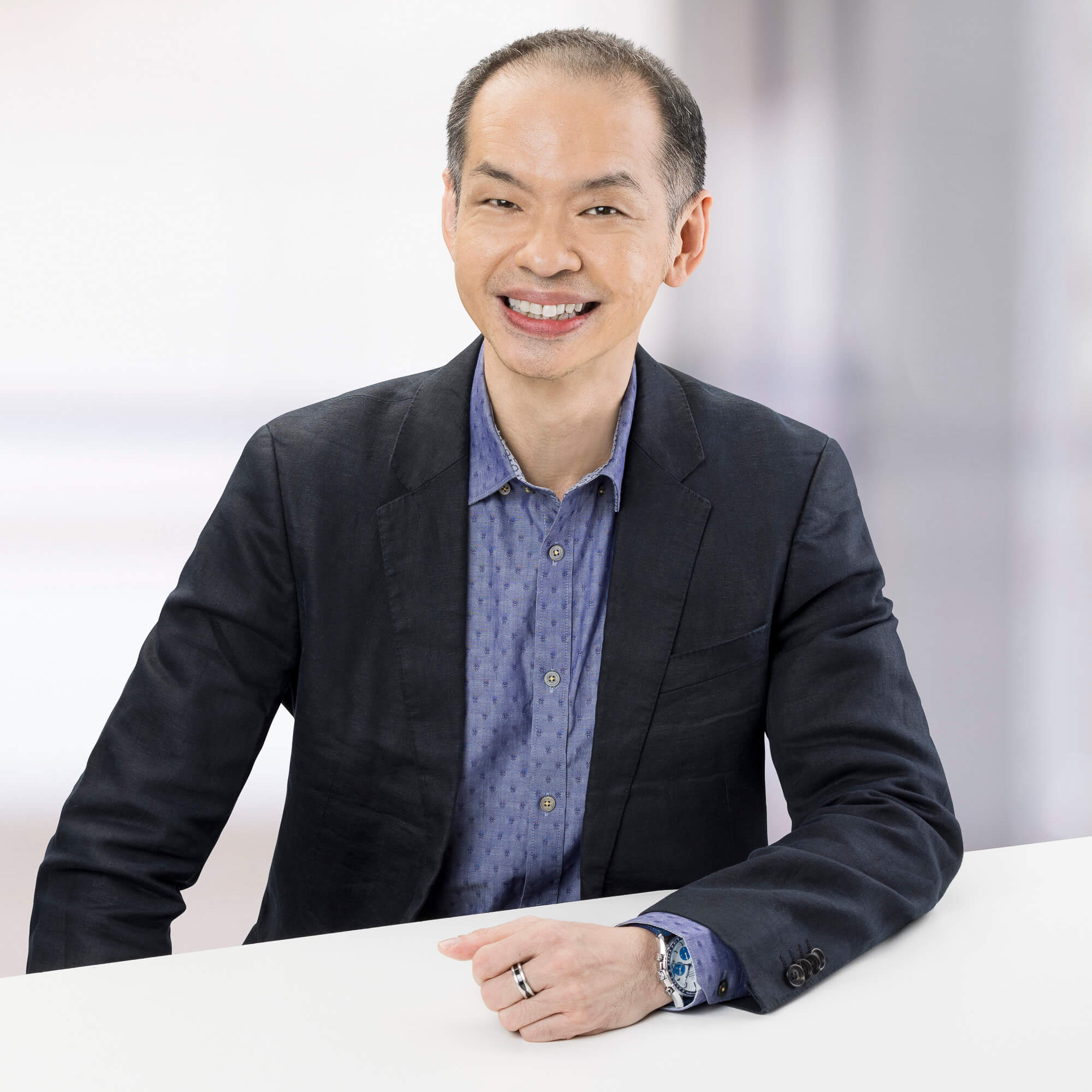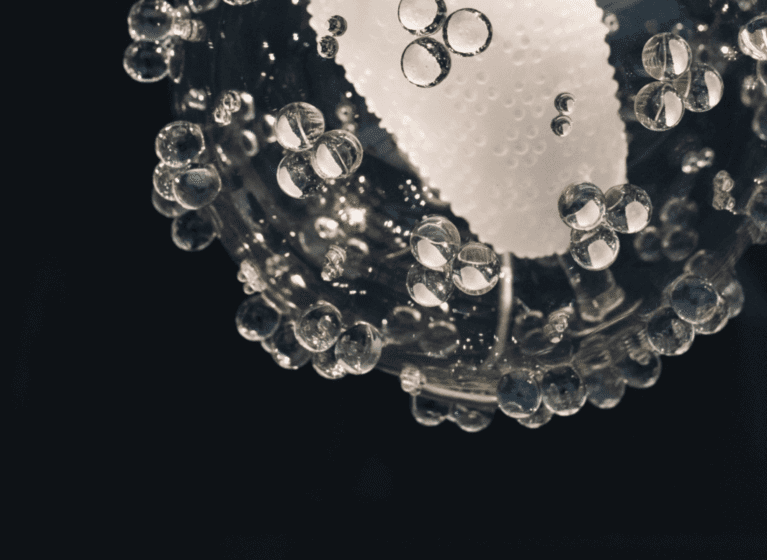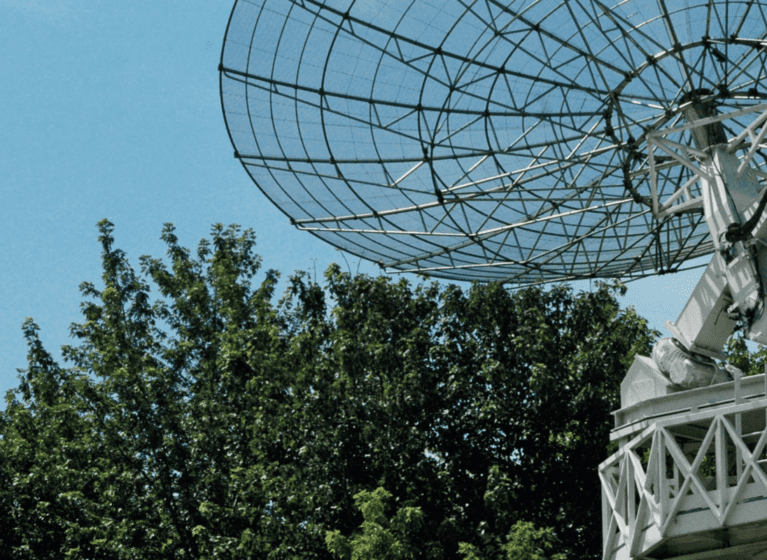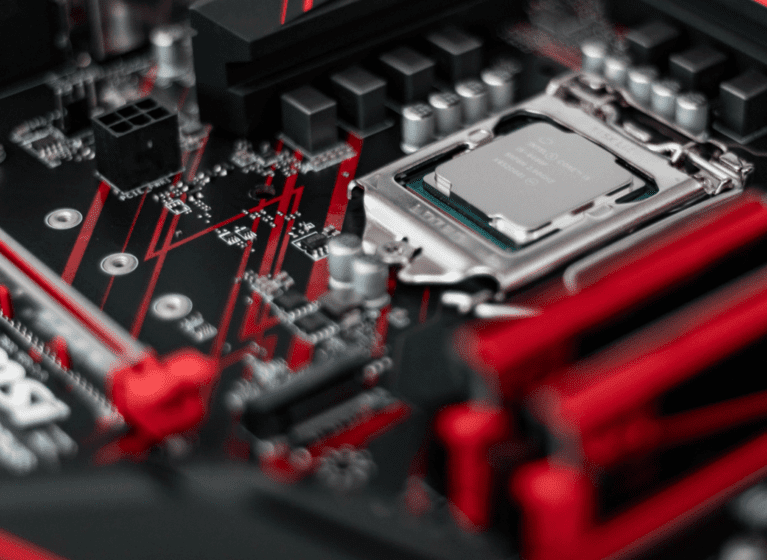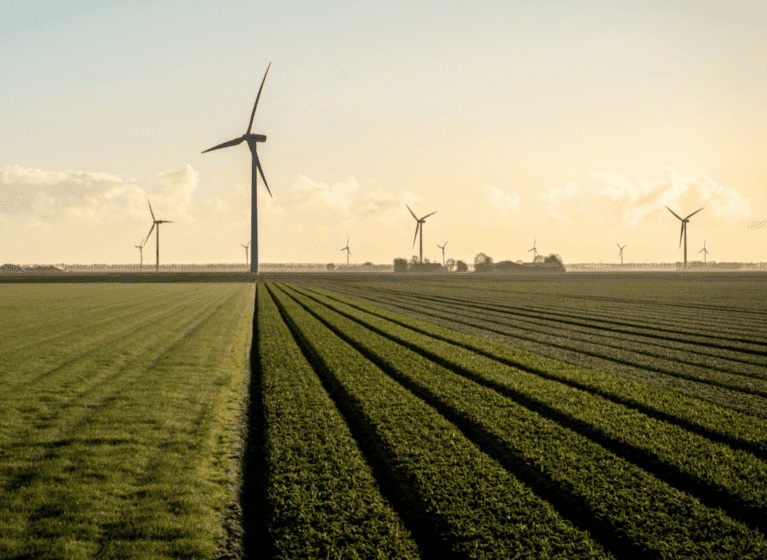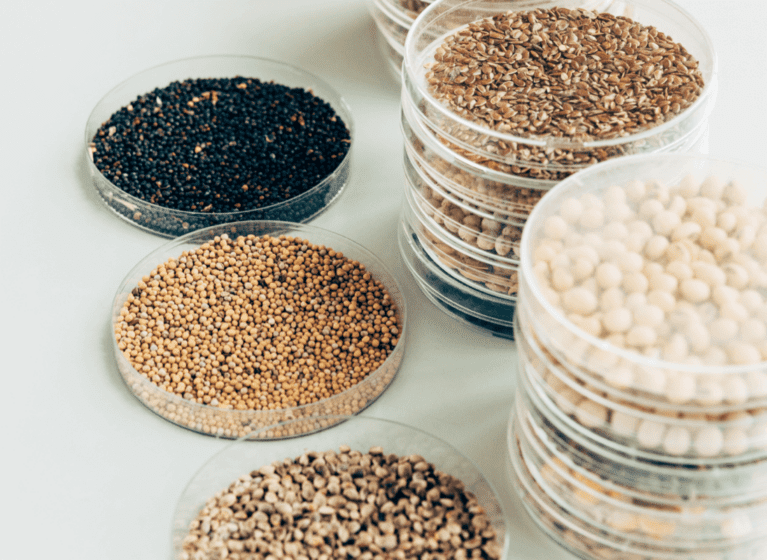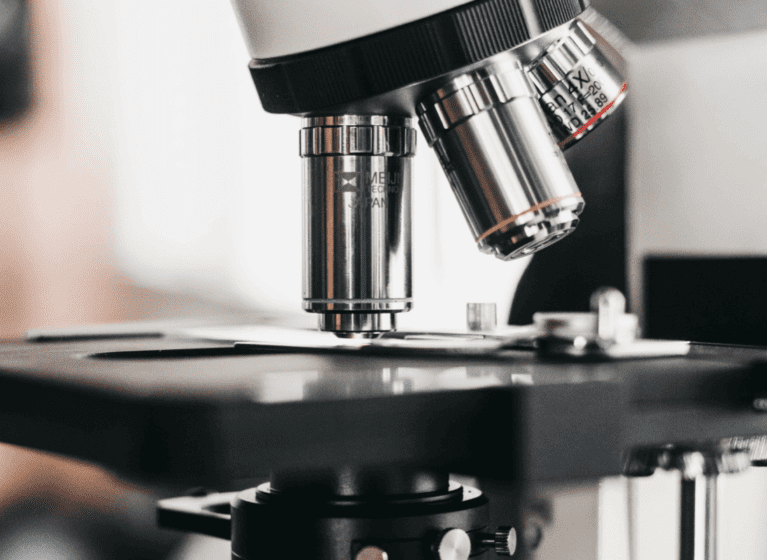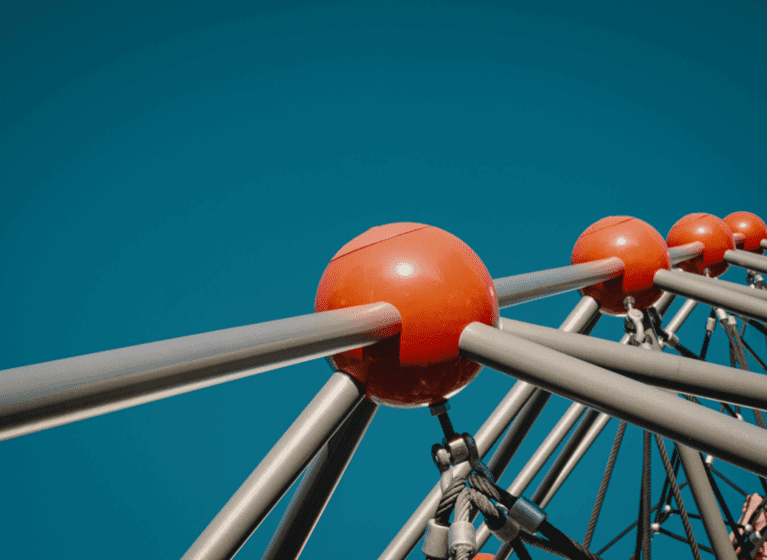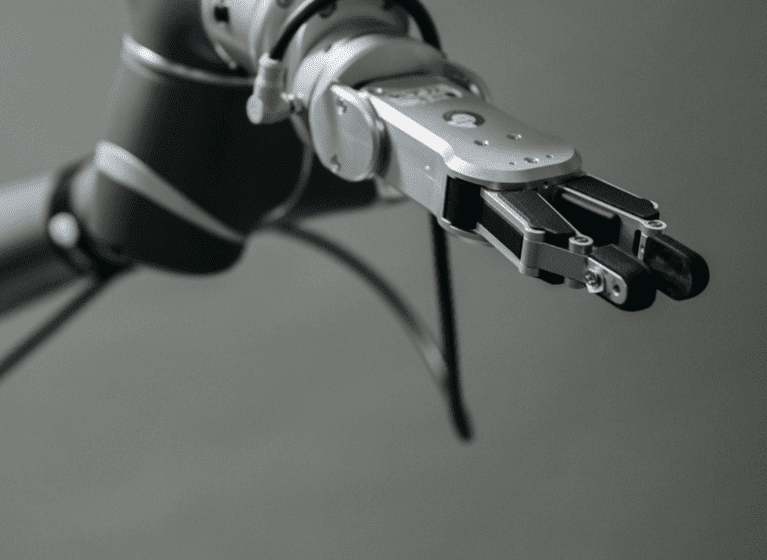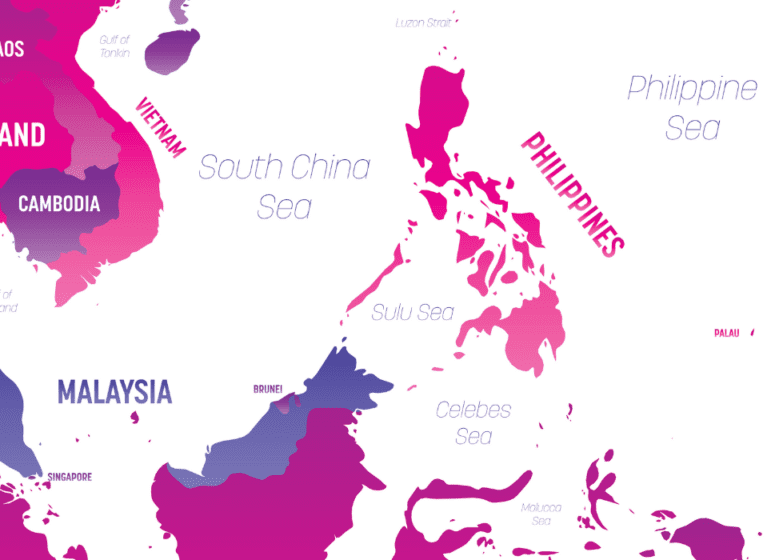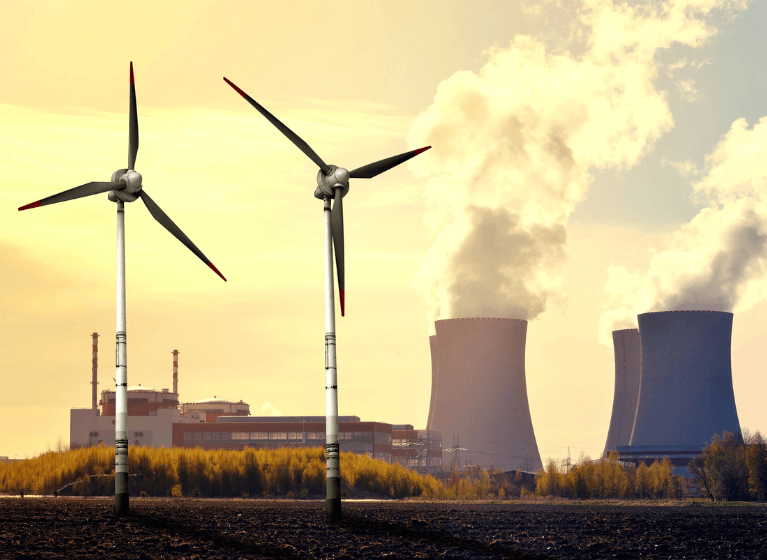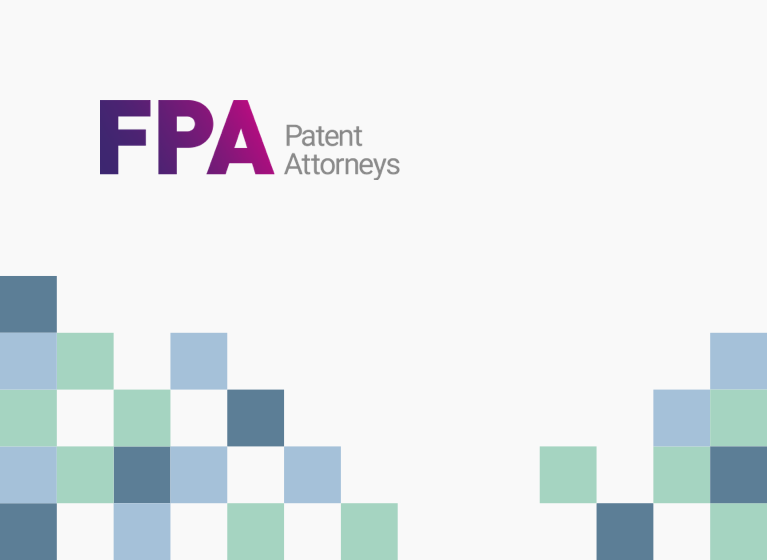Principals Tracey Hendy and Desmond Tan were invited to join Procopio Partner Ernest Huang on Procopio Perspectives podcast to discuss Utility Models In ASEAN countries.
Listen to the podcast here:
Or read the transcript:
Ernest Huang: Hello and welcome to the Procopio Podcast. In this podcast, we will be discussing the use of utility models in Australia, as well as other Southeast Asian countries. My name is Ernest Huang, and I’m a Partner and a Patent Attorney at Procopio, Cory, Hargreaves & Savitch in Silicon Valley. In our panel today are Tracey Hendy and Desmond Tan from FPA Patent Attorneys; a highly recognized firm for all ASEAN patent needs, with offices in Australia, Singapore, and Southeast Asia. So welcome. So my first question to the panel then is just the general background about utility models in ASEAN countries. So do all ASEAN countries have utility models and if so, what are their main characteristics?
Tracey Hendy: Thanks Ernest. No, not all ASEAN countries have utility models and Singapore would be the main exception to that. But that still leaves a number of countries such as Thailand, Vietnam, Indonesia, Philippines, Malaysia and Cambodia. You also mentioned Australia in the introduction, and I’ll just add there that yes, we had what you would call a utility model system, which was known as the Innovation Patents System. That is actually in the process of being phased out. So if you file the PCT application before the 25th of August, 2021, you can still acquire an Innovation Patent in Australia, but after that date, they’ll no longer be available.
Desmond Tan: And just to add on that, what’s the difference between utility models and patents? Generally there isn’t the inventive step threshold that utility models will need to overcome. Although some countries still require a model inventive step test. And at the same time, typically utility models have a shorter term, which should be generally less than 20 years of patent terms. So it is a ‘patents light’ if you wanted to look at it, and it is an alternative to patents where the client is not able to get patents, or in some cases it is a lower cost option as well, because some of the applications for utility models do not require examination before you get it granted.
Tracey Hendy: Just one other feature. If anybody is familiar with utility models in China and other countries, there are subject matter limitations in quite a number of countries, but in these Southeast Asian countries that I listed there, there are no additional subject matter limitations. Of course, you’ve got your areas of non-patentable subject matter for patents, but there’s no additional limitations in these countries compared to patent law. So that’s worth bearing in mind, given the range of subject matter available.
Ernest Huang: Very good to know. So how popular is it to file utility models in ASEAN? So what general trends do you see with them?
Desmond Tan: We’ve actually done a bit of a statistical deep dive into the filing numbers for utility models in Southeast Asia. And we see an uptake in some cases. We do see sizeable growth in terms of filing numbers from domestic followers, countries like Indonesia, Thailand, Philippines are seeing substantial growth for utility models in their countries, double digit over the previous years, 15 to 20%. And the thing is, whilst there is substantial growth in overall numbers, the growth of utility models amongst foreign followers into these countries do not appear to be showing such similar growth.
And I do have a view on that because I was in-house for six years of my career. And as Tracey mentioned, Singapore doesn’t have a utility models regime. So basically, there isn’t that much visibility and knowledge in terms of the use of utility models. And as a company, whenever we assess inventions, it will always be, is it able to get a granted patent or not? There isn’t a secondary threshold of, if we can’t get a patent, what can we do? And perhaps that is the question that needs to be answered for a lot of companies nowadays.
If you don’t get a patent, do you give it up? Which was what was typically done back when I was in-house, or do you actually think about, if this is a critical invention of the company, we do not give it up. We have to keep digging, we have to get some IP. And that answer would be in some cases, the filing of a utility model. So that is one, I would say, possibility why the filing of utility models from foreign applicants into ASEAN countries, is not as high as it should be.
Tracey Hendy: I think it’s also useful to throw some numbers out there just to put it into context when we’re talking about filing numbers in these countries, such as Thailand, Indonesia, Philippines. We’re talking about domestic filings of about 2000 per year, which is not very high, but certainly higher than what foreigners are actually filing in those jurisdictions, which is more in the range of about 200 per year. These are all statistics from 2019, the latest post statistics that are available. And just to put that into the overall context, in China, you’ve got 2.2 million utility models filed in 2019. So great orders of magnitude of difference in terms of uptake of utility models in these countries.
Ernest Huang: Oh, so it does seem to be somewhat popular as a strategy, so maybe surprisingly so. I guess a lot of my clients, especially in the US would want to know how useful are they in litigation? So if you were to go into a litigation with a utility model versus a full utility patent, what would the pros and cons be of doing so in ASEAN countries? And in particular, I believe most of the time people are interested in trying to obtain emergency injunctions for stopping people from manufacturing chips, or manufacturing other products. So would it be useful in that context?
Tracey Hendy: The advantage you have with utility models in litigation is that if there’s an attempt to invalidate the utility model, then it’s going to be much more difficult to invalidate because, in most cases, you’ve got a novelty only criteria and no inventive step criteria. So it can be very difficult to invalidate. We’ve certainly had a lot of court experience in Australia without innovation patents. We did an audit at one point of the decisions in the Federal Court, where we had 27 innovation patents at that particular point in time, which had been challenged in the Federal Court. And only one of those 27 were invalidated by the Federal Court.
I also was able to find a report from Thailand, now it was a bit dated, but it seemed to suggest there that there were also low rates of invalidation of utility models. I have some comments on preliminary injunctions, but I’ll just throw over to Des because I know he was going to say something.
Desmond Tan: I just wanted to add that generally, with the utility model, you can get it sooner compared to typical utility patents. And because of that, you can actually enforce IP earlier in these restrictions, as well. As you know, you can’t do much until you get a granted IP, and taking the utility model route does give you that earlier option whereby time is the essence advantage. So, as an overview, advantages would be, you could enforce IP sooner and, at the same time, when you enforce it, you are likely to get a better chance of not getting your IP invalidated. So that, in a nutshell, would be the primary advantages of enforcing your rights using utility models.
Tracey Hendy: Yeah. I think it’s worth bearing in mind that a lot of companies probably think of utility models and patents as an ‘either/or’ but it is possible to implement a strategy whereby you can get both types of protection. Perhaps they’re issues with double patenting depending on the jurisdiction, but often with any invention, any product, there are often different inventive aspects and so different claim sets. So you could well pursue one of those claim sets in a normal patent and another claim set in a utility model. And you’ve got some real strength there because you’ve got your short term utility model protection, which is going to be much more difficult to invalidate, and then you’ve got your longer term normal patent, which theoretically is more difficult to invalidate, but it’s going to give you a longer term of protection.
So it’s not always just an ‘either/or’ situation. It’s not necessarily straightforward to obtain both types of protection. In certain countries you can’t just file a PCT and then think about it down the track. Typically, you have to plan that strategy in advance at the time you’re filing the PCT. You, in advance of that, need to work out your strategy if that’s something you want to do. So for a flagship product, that can be a strategy, obviously more expensive than just doing an ‘either/or’ but worthwhile if you’ve got a really important product. And especially worthwhile to consider as companies are exiting manufacturing from China into ASEAN.
Ernest Huang: That is definitely a huge consideration nowadays, especially with chip makers and chip designers who are looking to move out of China and go into Southeast Asia and now they’re scrambling to understand everything that they need to do in order to get the right protection in Southeast Asia. So in that sense, I do have some very basic questions for you then for everyone who’s interested. If I’m going to file for a utility model, a lot of times we file PCT applications, so we can decide later, as you mentioned, to enter into countries later in the future but perhaps we need to plan for filing a utility model in advance during the drafting of the PCT. So in that sense, can we do a utility model as a national stage entry from a PCT, or what is the general timing that we need to be careful for filing utility model?
Desmond Tan: Let me start with the overview, and maybe Tracy can dig into the details. Generally entering national phase and converting your national phase entry into utility model application is possible. There are some constraints in terms of the time limit, but it’s exactly like what Ernest has mentioned. Basically the process is exactly like filing a PCT application. You file the PCT application, you get your IPRP, your ISR, and based on that, you enter the national phase. And in some cases, for example, if your ISR only has a D favorable assessment, then after you enter the national phase, or when you are deciding whether or not to enter the national phase, the thought may be, ‘Hey, instead of thinking of getting a utility patent, since we’ve got a positive report in relation to novelty, let’s enter the national phase and do a conversion to a utility model.’
So that is a consideration that I’m aware is not being carried out often enough, which leads to, for example, if ISR doesn’t have an assessment that all claims are inventive, an applicant may just give it up. And that in some cases can be quite a shame because they do miss out on the opportunity to get some form of IP protection in the country which, hopefully, this podcast will be helpful in terms of opening up a different assessment, a different view, whereby you may get an ISR that is only novel and not inventive. You may feel dismayed, but at the same time, it is actually possible to get some other form of IP protection in countries that allows utility models, of course. Tracey, you feel that there’s something else?
Tracey Hendy: Yeah. That would be the straightforward approach, perhaps starting off with going for a patent at the outset, and then finding at some point in the process that you’re not going to get a normal patent. And then you can actually enter national phase in most of these countries as the utility model. Indonesia’s the only one you actually need to convert following national phase entry as a normal patent. But yeah, the mechanism is there to do it that way. But if you were going to do a more complex strategy, then you might find yourself, in some of these countries, in a position where you can’t get both standard and utility model protection for what more or less is the same invention.
And one of the ways you might go about that is filing the actual utility model at the same time you’re filing your PCT application. And this is commonly done in China because of the issues. Well, China’s got more constraints on getting both standard patent and utility model protection there. But one of the ways you can do it is you file your PCT the same time you file your utility model applications in the countries of interest. And so utility model will go through to registration somewhat quicker, so you’ve got enforceable protection. Whereas, as you know, when you file a PCT application, you’ve still got another 18 months of international phase, that is international phase, before you actually enter national phase. And then you’ve got the pendency after national phase entry. So what you’ve got there is quicker protection by utility model. And that way you are much less likely to avoid the two types of protection clashing with each other, and essentially getting some double patenting rejection. But it needs to be structured country by country to work out what the best approach is for each country.
Ernest Huang: That’s very good to know. So you did mention that one strategy is to file a full utility application and then maybe later convert it to a utility model. So, suppose I decide to try to do that, to assess novelty versus inventive step, and if I’m getting an inventive step rejection maybe somewhere else like in Europe or something, then maybe I might consider converting that into a utility model in Southeast Asia so I can retain some protection as Des had mentioned. So, if I want to try to keep the strategy alive for myself as long as possible, how long can I delay prosecution of a utility application in Southeast Asia to determine if I want to actually go for a utility model instead?
Desmond Tan: The duration varies from country to country. In some cases like in Vietnam, you’re going to be able to do the conversion from a standard patent to a utility model anytime before you receive a decision of non allowance in Vietnam. In other countries, for example in Thailand, you can do a conversion prior to publication of the application in Thai. So Tracey and I had a bit of a discussion in terms of, what does publication mean? And actually came to mean that publication is not your 18-month PCT publication. Publication under Thai legislation will be publication into their Thai language, which is actually, probably at least two years after national phase entry. So, I would say in general, you would possibly have at least 54 months from the priority date to convert a national phase entry into a utility model. That would be a general timeline that we are looking at. Unfortunately it’s not 10 years like in Germany as far as I’m aware.
Tracey Hendy: Yeah. And there’s no option after grant for conversion. Only during pendency of the application in most countries.
Ernest Huang: Although 54 months is a long time, but yeah, certainly as you mentioned, it’s not 10 years like in Germany, so we do have to make a decision eventually. That’s what it sounds like. How about continuation practice? Is it possible to file a child utility model from another utility model? Or can I file a continuation of the utility model?
Tracey Hendy: Yeah. By continuation, I understand you mean division with similar claims or different claims. That’s how the lingo would be in these countries. So yes, you can file a…, was that, can you file a child utility model from another utility model or…, that was utility models, wasn’t it? I might have mixed up your question.
Ernest Huang: Yeah. It’s, well, both, a child utility model from another utility model? Also in your parlance, can I file a divisional as a utility model from a utility application?
Tracey Hendy: Yes. You can file a child utility model from another utility model application. One issue would be just Thailand, and this applies whether you’re prosecuting a normal patent or a utility model application, is that you can’t divide unless you actually get a unity objection from the Thai examiner. So, there are different ways of forcing a unity objection, but that’s one thing to bear in mind. This voluntary division is not an option if you’ve got no unity objection. So, Des, perhaps you want to answer the question about this division in general to file a continuation?
Desmond Tan: Generally, when you talk about divisional for utility models and having to induce a unity objection, it becomes a bit tricky, because one of the things is once you convert the application to a utility model, you typically define only one family, one set of claims. For example, in Malaysia, you can only have one claim. In the Philippines, you can have one independent claim, same with Indonesia. So generally, for your application, you are already, I would say, streamlining whatever utility patent application into a utility model. And for you to be able to induce a unity objection, pragmatically speaking, that can be a bit challenging.
The law doesn’t prevent you from filing a divisional. The law doesn’t prevent you from having a child, but practically speaking, how do you do it? That actually is the issue at hand, because you are already reciting just one invention. You’re already reciting one family to actually induce an office section, or an objection of unity becomes somewhat challenging. So, that is the primary aspect to consider. It can be done, but how is it done is a bit of an issue.
Tracey Hendy: Yeah. So, you’re basically referring to Thailand there, aren’t you, Des?
Desmond Tan: So, Thailand would have one independent claim, Philippines and Indonesia as well. So basically, countries where you have one independent claim, and maybe your dependent claims may recite different embodiments that may induce a unity objection. But generally, if it is under the same independent claim, it also becomes a bit unusual to induce a unity objection. So, that is something that we believe can be a bit interesting and challenging.
Tracey Hendy: Okay. Yeah. But, in general, if you start off with – and I think your scenario that you put to us, Ernest, was an extensive PCT application, which had a lot of different claim sets in it, and I think you were talking about entering national phase, and then with the option of filing divisional – typically in most countries, these voluntary divisionals are possible. And then there’ll be a question of whether, when you file that voluntary divisional, do you pursue it as a normal patent, or do you want to pursue that then as a utility model? And Thailand’s probably the real hiccup there. But otherwise mostly straight forward-
Desmond Tan: Yeah. There are some countries where you can’t file divisional of a divisional as well. Probably time for another podcast for that.
Ernest Huang: That could be an interesting discussion for a following time. Yeah. But, Tracey, that’s correct. A lot of times the semiconductor companies, if they file for a PCT application, they will have a lot of claims, maybe 80 or 90 claims across five or six independent claims. So yeah, it’s good to note that if you get restricted. But if we get restricted in the PCT, I assume then that would also follow course in the other countries. Is that correct? Or…
Desmond Tan: That would be the straightforward case where there’s an outright unity objection upon entry of national phase, then I would say it’s slightly that a lot of the ASEAN patent officers would take the same view as the IPRP, the PCT examiner in terms of unity issues within the application.
Tracey Hendy: I think the practice is typically more akin to following something like rule 13 of the PCT rather than US Practice on Unity, which seems to be more restriction and which seems to be quite different.
Ernest Huang: Yeah. Almost nonexistent, I would say. Yeah.
Tracey Hendy: You mean the consistency is non non-existent or…
Ernest Huang: Yeah. Unless it’s a blatantly different invention, most of the times they’re not going to issue such restriction, but maybe that’s another talk for another day. So if I have such a extensive PCT application, let’s say of 80 claims, as I mentioned, will I have to pay excess claim fees if I convert that into a utility model in ASEAN countries, or are there any other restrictions to the number of claims I can have?
Tracey Hendy: Well, I think Des might have mentioned that, yeah, there are some restrictions on the number of claims. So, for instance… Well, Des already said what those restrictions were. I don’t know if you mentioned Indonesia where also there’s only one independent claim allowed. So if you’ve got that issue, then you’re not likely to run into excess claim fee problems for when you file the divisional, because you’re restricted with the number of claims. And even if you did have excess claim fees, where we did a bit of research, there were really, really small amounts of money.
I think what you’re going to have is a problem when you first international phase with all those 80 claims. We didn’t actually research that question on your initial national phase entry. So I can’t tell you off the top of my head what excess claim fees would be for 80 claims in each of those countries. But, I can research that and get back to you.
Desmond Tan: I’m very certain that basically, even where there are excess claims in Southeast Asia, it’s nothing compared to European excess claim fees. So it is going to be significantly less. And yeah, basically it may even cost more for you to do a voluntary amendment than to pay the excess claim fees. So that’s a pragmatic view of the situation.
Tracey Hendy: Yeah. What’s really beneficial is to come to us in advance of your national phase entry deadline, if you’ve got these countries in mind so that we can look at this issue and look to make sure that you’re not going to get hit with really serious excess claim fees. For example, I do know that the Philippines has an interesting way of calculating excess claim fees with multiple dependencies, which probably you wouldn’t have so many of, if it’s originating from the US. But that can lead to a large calculation of excess claim fees. And we had one recently which was going to result in $29,000 worth of excess claim fees without taking some remedial action. So I definitely recommend that we take a look at that in advance of national phase entry so you avoid problems like that.
Ernest Huang: Yeah, definitely. We don’t want to see a surprise bill of $30,000 just from the patent office. That’s for certain.
Tracey Hendy: Yeah. And we need to watch the agents as well. We have fee deals with a lot of the agents that we work with in our hub model, and we make sure that they don’t just add an extra bit of fee for each excess claim that they have to pay a fee for. So, we keep an eye on those things.
Ernest Huang: Well, that’s definitely good to hear. So, yeah. So I guess what we can then consider is maybe divisional practice. And if we did have such a PCT application, which strategy do you think would be better? So if we were to enter the national stage – let’s assume that this PCT application gets a lack of unity rejection, which it almost certainly would, and we have to choose one set of claims – so if we were to enter the national stage as a utility application instead, should we try to prosecute that and maybe obtain some consideration in the other countries by some maybe PPH or other avenues?
I believe there’s another one called ASPEC which you may want to explain to people who aren’t familiar with that, and then file utility models for the remaining ones, or should we just focus on filing divisionals for each of these divided claims across ASEAN and proceed with a PPH or a ASPEC route? Well, maybe I’m getting ahead of ourselves. Maybe we’ll start with what is ASPEC and then go into detail with that.
Desmond Tan: Sure. I’m happy to kick off with ASPEC. So basically, ASPEC is the PPH for patent officers within Southeast Asia. And what happens within ASPEC is that, if you’re relying on an expedited grant amongst the various Southeast Asia patent offices, one of the applications will need to be examined at a Southeast Asian patent office. And generally, based on statistics that we’ve seen so far, a lot of the aspect requests have come about from examinations carried out at a Singapore patent office. So generally, we are seeing, since ASPEC has come on board or started probably in 2016, since then, we have seen about 50 to 60 cases of first examination instances at the Singapore patent office, and whereby the second patent office in Southeast Asia would rely upon that first report.
Other patent officers have carried out less than 10 examinations based on the statistics that we have seen. So, I would say ASPEC, at this point in time, is most feasible when you have a patent application in Singapore, plus at least one other application in Southeast Asia. That seems to be the approach at the moment. I guess there may be a perception that examinations in Singapore are of a robust quality because they are one of the ISAS in Southeast Asia together with the Philippines. So maybe we’ll be seeing more first examination reports from the Philippines as well.
But at the moment, at least one Southeast Asia application will need to be recognized in Singapore before an application will contemplate ASPEC. So, that is ASPEC. So the issue with relying on ASPEC for Southeast Asia is that you can, for example, rely on a grant in Europe to get a patent in Cambodia, and use that granted patent in Cambodia for another expedited process in Singapore, because the examination in Cambodia wasn’t carried out in Cambodia. It was based on reliance in Europe. So, taking one step back, you can’t rely on an examination report from outside of Southeast Asia in order to rely on ASPEC, if that makes sense.
Tracey Hendy: And another issue that just occurred to me in relation to ASPEC for, say Thailand, for instance. So let’s just say you’ve gone and got your Singapore case through, but the claim set has been restricted due to unity requirements and therefore you don’t want to base necessarily your Thai case on the Singapore one, because you want all the claims in there perhaps to force a unity objection. So, there might be some strategic issues when it comes to using ASPEC. But yeah, I’d just like to give you a high level answer to the scenario that you presented, Ernest. And the way I understood that scenario was that, you’ve entered national phase as the end jurisdictions with this extensive PCT application.
And then, the question was, you probably get one claim set through, and then you’re going to file a divisional application, and then do you pursue that as a utility model application? Or do you pursue that as a normal patent, and which would be the better route? So, it depends how many times you need to divide in some respects, because there might be some issues around divisionals from divisionals, so that would be something that would need to be taken into account. But I’m just going to give you a quick overview country by country.
So for instance, take Malaysia, for example for your child application. Do you want a normal patent, or do you want a utility model?
Both of those theoretically can get a 20-year term because Malaysia, the utility model can be extended up to 20 years. So, your considerations there in regard to, oh, do I want longer patent or not, that could fall away. So really it may depend there in Malaysia as to whether the lower validity threshold is what’s beneficial for your patent protection. When it comes to countries such as Vietnam and Indonesia, and I’ll group these together because the considerations, I think, become more or less the same, in both cases, whether you go for a normal or a utility model, in both cases you need to have substantive examination of those. So there’s no real cost saving for going with utility models in those countries.
So it then comes down to a question of, do you get some advantage of having the lower validity threshold by pursuing a utility model, or do you want the longer term by pursuing patent protection, because there’s no real cost saving there? But Thailand and Philippines are different because in both of them, there are some cost savings with the utility model. So for example, in Thailand, there’s no substantive examination. You’ll also get the benefit of the quicker grant. You’ve got the time limit consideration on filing in getting a utility model there, whereas in Philippines, you’ve got no substantive examination and no annuity.
So in the long term might be quite attractive from a cost point of view if you’re happy with a shorter term in protection. So, that would be, in a nutshell, the considerations which we would take into account in the strategy, bearing in mind that divisionals from divisionals might be an issue and you might not necessarily be able to daisy chain all the way along if you’ve got in 10 sets of claims. So you might need to file some of these divisionals at an earlier stage. So, yeah.
Ernest Huang: That is definitely important to know. Yeah. So, the divisional decision also deciding whether it’s to be a utility model or not, actually has to be decided much faster than I think maybe clients would really expect it to be. As in US practice, you can wait until everything gets allowed and then you can do whatever you want, but I guess ASEAN is much more strict in this regard. So that is definitely good to know. Oh, well I think we have gone a little over time here. Very, very enlightening discussion and very helpful. And I think many people will highly appreciate this material, especially if they’re considering moving their operations or filing extensively into ASEAN. So, yeah. Thank you very much, Tracey, and thank you very much, Des, for your time.
Tracey Hendy: Our pleasure, Ernest.
Desmond Tan: My pleasure, Ernest. But just to wrap up, I guess just based on our discussion, it just goes to show how important it is to maintain a close relationship between the client and attorney, because you can see the severe impact where suddenly you have to follow divisional and if it can’t be done, it can’t be done. So that’s where that close relationship comes into play whereby the applicant actually keeps the attorney appraised of the circumstances of the invention or of the strategy. So yeah, just my closing thoughts. Thanks, Ernest.
Ernest Huang: Thank you very much.
